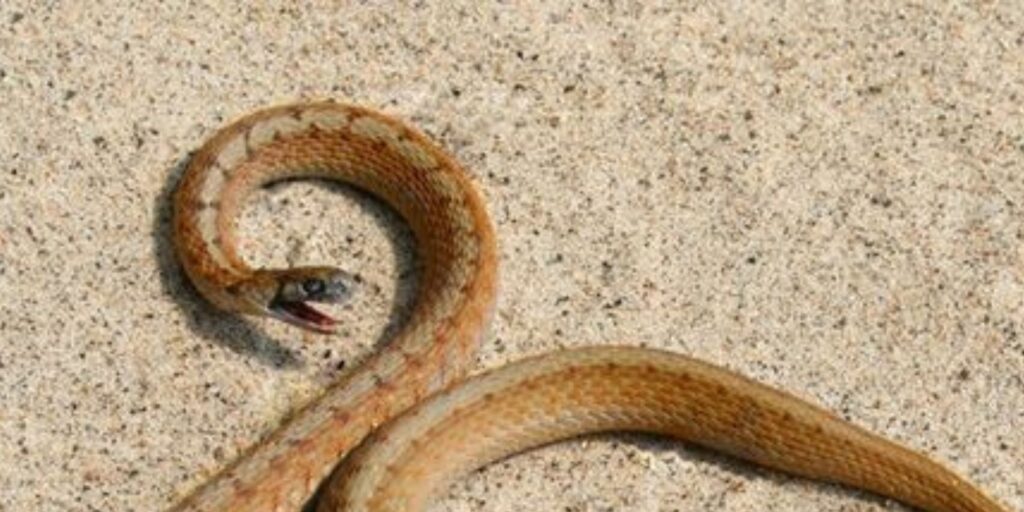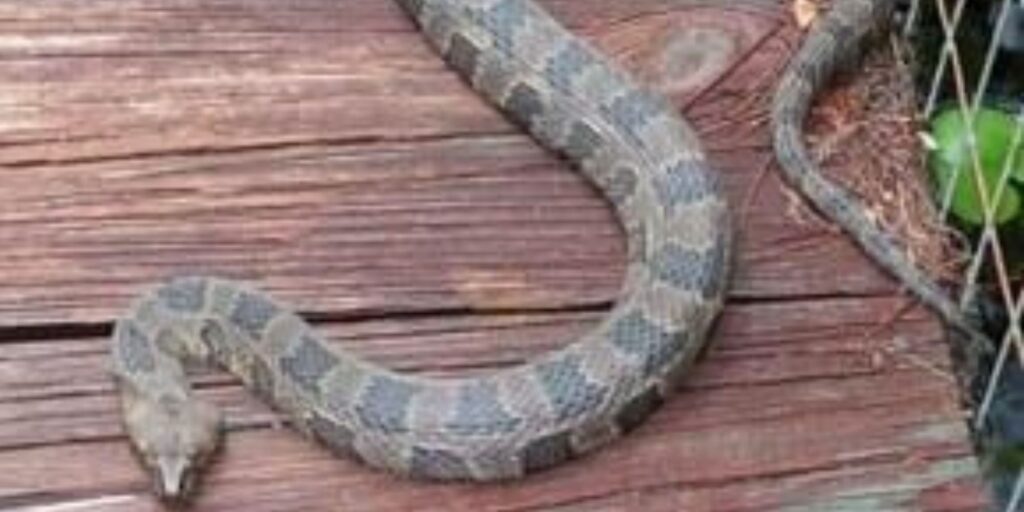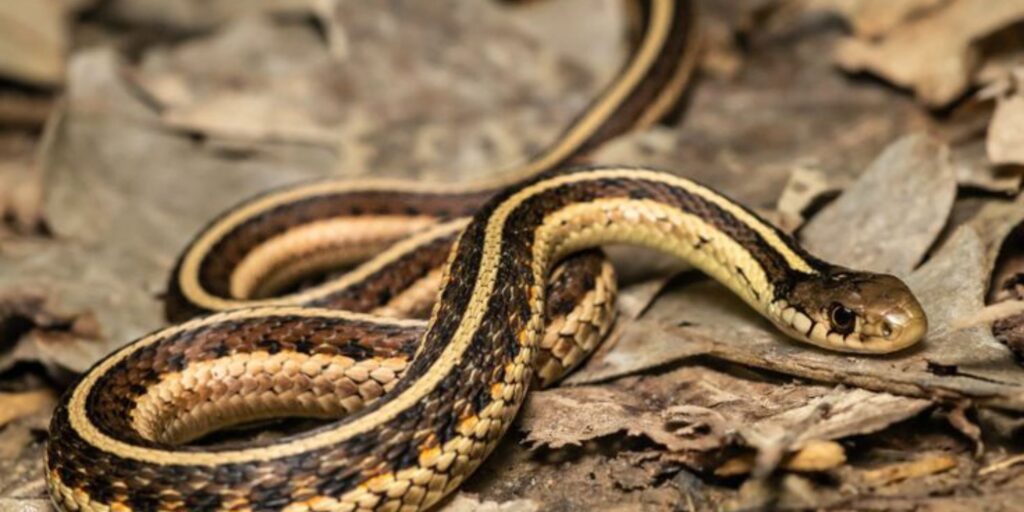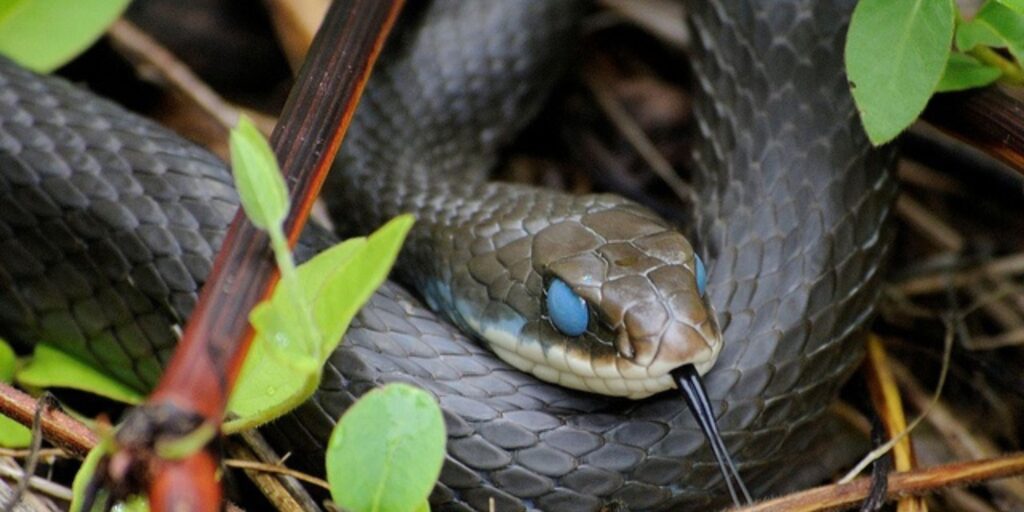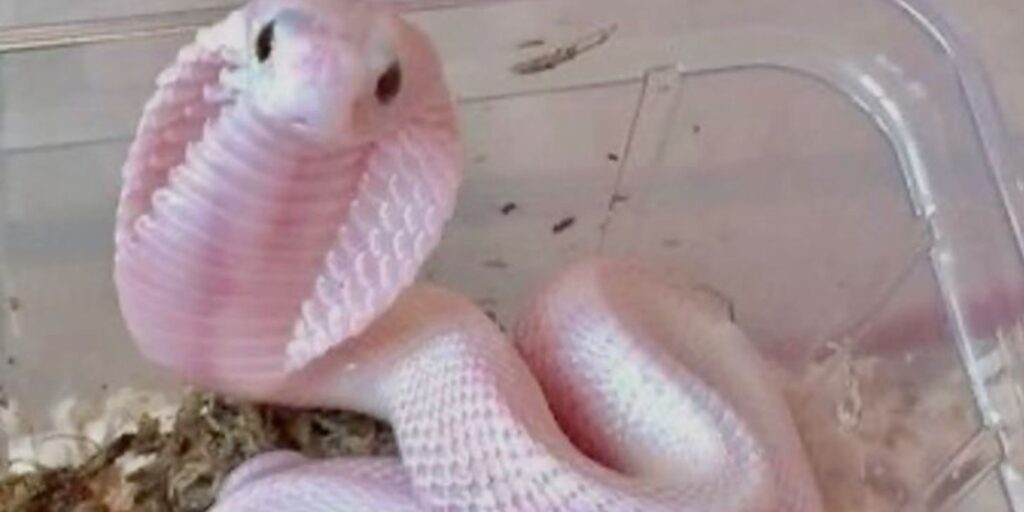The baby rat snake was no bigger than a pencil, its sleek, slender body coiling through the fallen leaves with effortless grace. Its scales were a soft, muted gray, decorated with darker blotches that almost seemed to shimmer as it moved under the dappled sunlight. The young snake’s head was small, but its instincts were sharp. It flicked its tongue in and out, tasting the air for the scent of prey—or danger.
The forest was alive with sounds: the rustling of leaves, the distant call of birds, the hum of insects. For the baby rat snake, this was a world full of new challenges and hidden threats. Yet, with each careful movement, it seemed to grow more confident, slipping effortlessly through the underbrush. It was born with the quiet assurance of its kind—a predator in its own right, though still learning the ways of survival. As it slid further into the shadows, it disappeared from sight, a small but determined figure in the vast wilderness.

